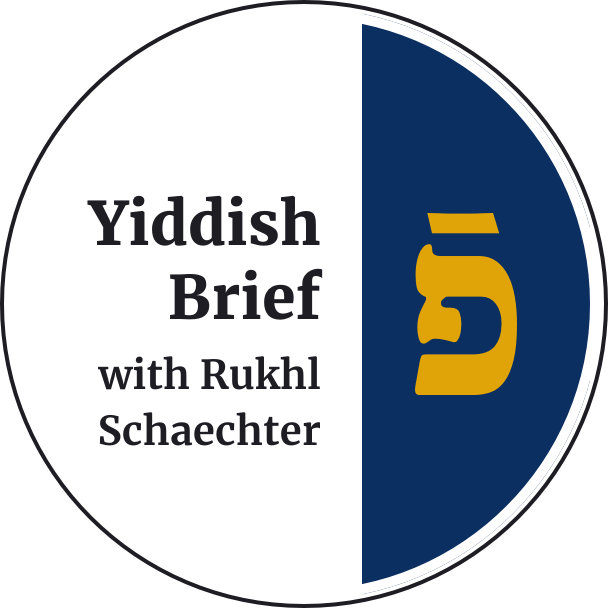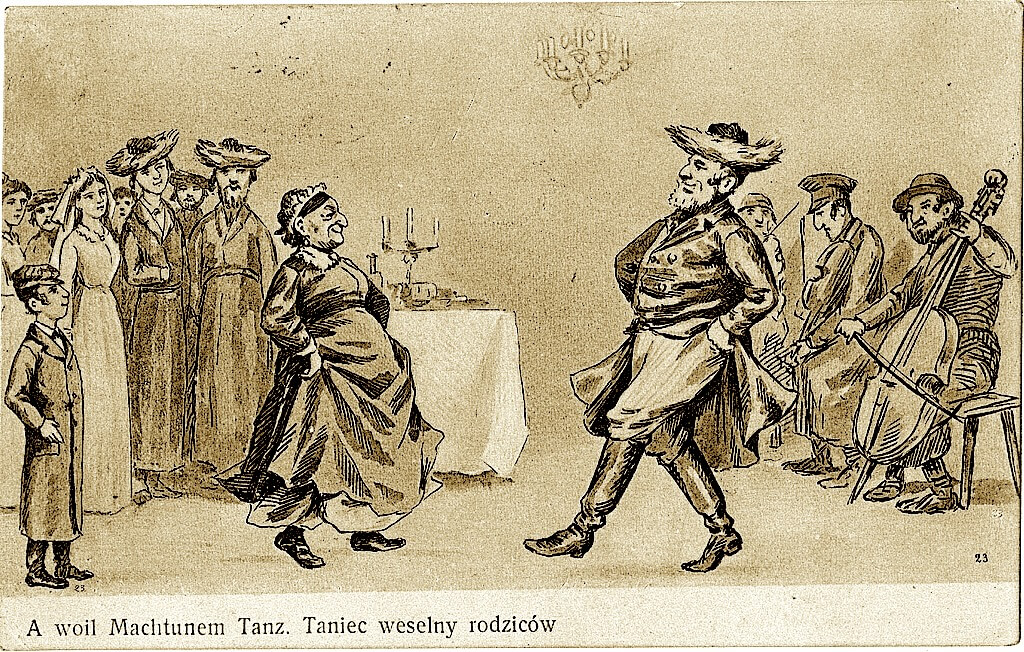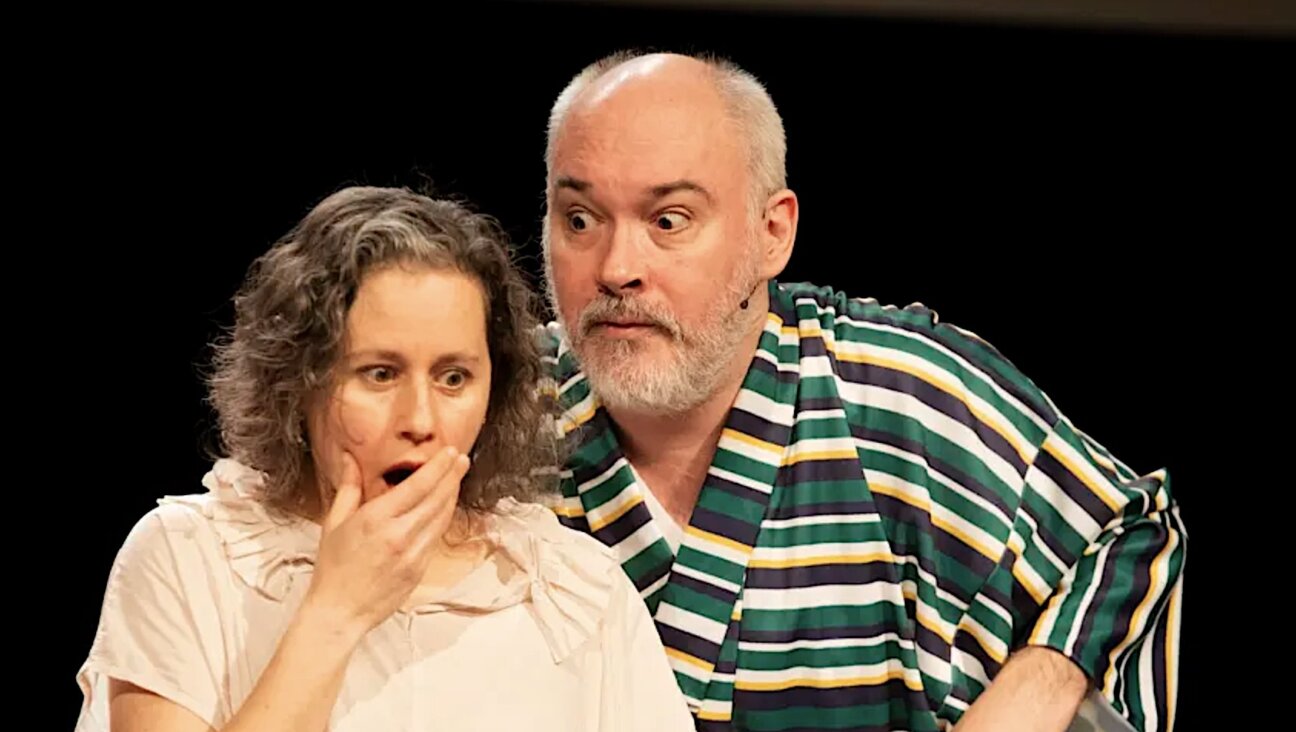Steven ‘Shmuel’ Spielberg’s epic contribution to Yiddish culture

Image by Wikimedia Commons
On December 18, iconic film director Steven Spielberg, will turn 75.
No doubt, admirers of his work round the world will mark the event by watching some of his greatest movies, including “The Color Purple”, “Jaws” and “E.T. the Extra-Terrestrial”. Others will return to movie theatres after a long plague-driven break, to catch his newest work, a film adaptation of West Side Story.
For readers of Yiddish books, though, Spielberg’s special birthday is an opportunity to highlight another great contribution of his. Thanks to a monumental gift he gave the Yiddish Book Center in Amherst, Massachusetts in the 1990s, anyone can now download any of over 12,000 Yiddish books in the comfort of their homes, at no charge. Since the vast majority of the books are out of print, this digital library is often the only way people can access them.
Spielberg’s support of the massive online collection, called the Steven Spielberg Digital Yiddish Library, was part of his well-known initiative, the Righteous Persons Foundation, founded with the profits from his 1993 film, “Schindler’s List”.
The library contains scanned Yiddish books of various genres and subjects, including novels, poetry, cookbooks, children’s books, volumes on philology, physics and photography, written by a variety of authors, including classic writers like I. L. Peretz and Sholem Aleichem as well as fascinating scribblers whose names are hardly known, and published in cities round the world, from Krakow to Cuba to Cleveland. When the digital library launched in 2009, people marvelled that this was probably the first time that nearly an entire literary corpus of a given language was digitized and made accessible to readers and students of the language, wherever they might be, at no cost.
Teacher and musician Sadie Gold-Shapiro, of Northampton, Massachusetts, is one peruser who was delighted to find all sorts of rarities in the digital library, among them a booklet of Yiddish diagrams depicting the twelve constellations, and fortune-telling guides. Some of these texts I later included and used to teach the future tense in the Yiddish Book Center’s prizewinning Yiddish textbook called “In eynem” (All Together), when I served alongside Gold-Shapiro as a Fellow at the Yiddish Book Center and worked as one of the authors of the book.
“I was extremely pleased with how accessible the material was,” Gold-Shapiro said about the library. “And I was delighted because using the online archive replicated that special feeling of being in a library and being the first person to open a particular book in a long time.”
The Righteous Persons Foundation actually made two large donations to the Center. The first one was for the construction of the brick and mortar building, opened in 1997 and now housing the many thousands of Yiddish books, which the foundation helped finance as part of its mission to support projects outside of the Jewish communal mainstream.
But once the building’s doors opened, an unexpected problem arose. As Aaron Lansky, founder and president of the Yiddish Book Center, told the Forverts, when visitors found certain books they wanted to buy, they were often disappointed to hear that they were not for sale because there simply were not enough copies of them available. The only solution, Lansky said, was to digitize the entire collection.
Knowing the expense of such an undertaking, Lansky asked the Righteous Persons Foundation to sponsor the project, and in 1998 the group donated half a million dollars, a gift that Lansky described as “visionary.” In naming the library after the filmmaker, Lansky thought it would be especially fitting to use Spielberg’s Yiddish name, Shmuel, when referring to the library in Yiddish – an idea that Spielberg readily agreed to. In Yiddish, the collection is called “Di yidishe digitalishe biblyotek afn nomen shmuel shpilberg” (the Shmuel Shpilberg Yiddish Digital Library).
Surprisingly, both donations to the Center were made without Lansky ever meeting Spielberg. It was not until several years later that Spielberg invited Lansky to fly out to California to chat with him. Lansky chuckled as he recalled his wife, Gail, advising him not to wear sneakers when going to the meeting which was to take place in the elegant Spanish-style hacienda on the backlot of Universal Pictures where Spielberg’s production company, Amblin Entertainment, is located.
So on the momentous day, December 3, 2013, Lansky exchanged his grey New Balance 990s for a pair of expensive leather shoes, and had them polished to a sheen. But when he walked through the doors of Spielberg’s office, he found the director wearing casual clothes – and a pair of New Balance 990s.
Spielberg’s down-to-earth nature was evident to Lansky right from the start.“Famous people can be distracted when you’re talking to them,” Lansky said. “But he was so present, listening to every word. And so utterly intellectually curious.”
Since the launch of the digital library, it has seen almost five million downloads, Lansky says. During the pandemic, with the building shut, Amber Kanner Clooney, the Center’s digital projects librarian, ensured that the library did not go offline for even a minute. And partly thanks to a new optical character recognition technology called Jochre that computational Yiddish linguist Assaf Urieli developed and which the Center launched in 2019, use of the digital library has doubled. Apparently, users were very eager to try the program that allows them to input keywords to search through the entirety of the library’s texts in an instant.
The new technology has been revolutionary for students and researchers in the field of Yiddish studies. Lansky remembers Agi Legutko, Yiddish professor at Columbia, sitting next to him at a gala soon after Jochre’s launch and jokingly blaming him for her not having slept for two weeks. Once the program was made available, he recalls her saying, she became so fascinated by it that she spent day and night typing in any search terms that popped into her head, and reading all the results that appeared.
Jaclyn Granick, a lecturer in modern Jewish history at Cardiff University in Wales, used the digital library while doing research for her book, “International Jewish Humanitarianism in the Age of the Great War”, and she also uses the library to locate children’s books for her two daughters, whom she is raising in Yiddish. She downloads and prints the storybooks, has them bound at a local copy shop, and reads them to the girls at bedtime.
“And sometimes I just like to browse without any plan,” she added, “but with a historian’s and a mother’s kop (head).”
Philip Schwartz, a Yiddish literature researcher and Yiddish language instructor in Wrocław, Poland, often uses the library’s resources for his classes. “When I need a short story or song for an upcoming holiday, I’ll take a look in the Spielberg Library first.”
Motl Didner, associate artistic director of the National Yiddish Theatre Folksbiene, said that the digital library is one of the most important resources he has when he’s looking for theatrical works to stage. “We found several playscripts in the library which we later developed into readings and full productions,” he said, including Avrom Goldfaden’s “The Sorceress”, Chava Rosenfarb’s “The Bird of the Ghetto” and various works by H. Leivick.
Spielberg’s foundation has continued to support the Yiddish Book Center, most recently bestowing a critical early gift to its program training a new generation of translators, enabling the Yiddish books to be enjoyed by a non-Yiddish-reading public. As Lansky recalled Spielberg himself saying at their meeting: “I’m a storyteller — that’s what I do for a living. I tell stories. The notion that you have shelf after shelf of Jewish stories just sitting there, waiting for someone to come along and read them and translate them and share them… For someone like me, that’s just irresistible.”
A message from our Publisher & CEO Rachel Fishman Feddersen

I hope you appreciated this article. Before you go, I’d like to ask you to please support the Forward’s award-winning, nonprofit journalism during this critical time.
At a time when other newsrooms are closing or cutting back, the Forward has removed its paywall and invested additional resources to report on the ground from Israel and around the U.S. on the impact of the war, rising antisemitism and polarized discourse.
Readers like you make it all possible. Support our work by becoming a Forward Member and connect with our journalism and your community.
— Rachel Fishman Feddersen, Publisher and CEO























